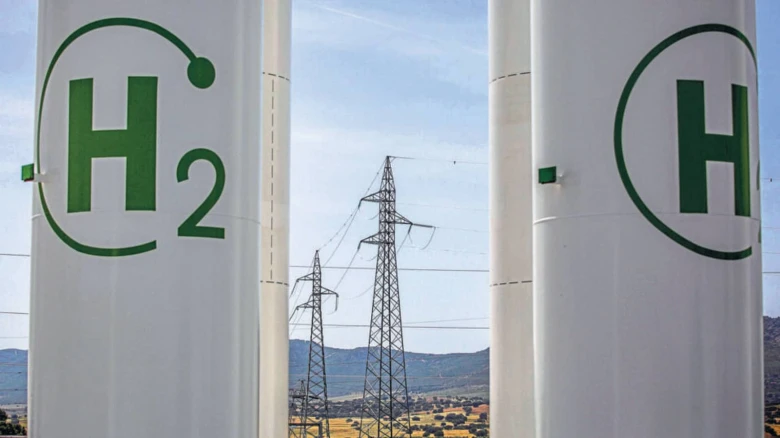Regional

According to the survey, steel manufacturers, long-distance transportation, fertilisers, and the refinery industry use 17 percent of the total energy consumed as electricity and 83 percent as coal, gas, and oil.
mso-themecolor:text1">
mso-themecolor:text1">
mso-themecolor:text1">Digital Desk: According to a report by NITI Aayog and the
Rocky Mountain Institute (RMI), the steel industry and heavy-duty
transportation will account for 52 percent of India's projected four-fold rise
in hydrogen demand by 2050. According to the survey, India is one of the most
competitive producers of green hydrogen in the world due to its specific edge
in producing low-cost renewable energy.
mso-themecolor:text1">
color:black;mso-themecolor:text1">What is there beyond electricity? Green
hydrogen is the solution, and it will fuel the green industrial revolution not
just in India but around the world, according to NITI Aayog CEO Amitabh Kant,
who spoke at the report's unveiling on Wednesday. According to Kant, India's
gas imports will rise as the need for hydrogen rises faster and faster. He
continued by saying that green hydrogen must be introduced if India wants to
decarbonize the industries that account for 83 percent of its energy use. Kant
referred to the reduction of hydrogen's price as a challenge.
color:black;mso-themecolor:text1">
color:black;mso-themecolor:text1">According to the survey, steel manufacturers,
long-distance transportation, fertilisers, and the refinery industry use 17
percent of the total energy consumed as electricity and 83 percent as coal,
gas, and oil.
color:black;mso-themecolor:text1">
color:black;mso-themecolor:text1">By 2030, the cost of green hydrogen will be
equal to that of natural gas-based hydrogen, also known as grey hydrogen,
according to the research "Harnessing Green Hydrogen: Opportunities for
Deep Decarbonization in India." The analysis stated that the share of
green hydrogen in this demand might increase from 16 percent in 2030 to roughly
94 percent by 2050, just on the basis of price parity.
color:black;mso-themecolor:text1">
color:black;mso-themecolor:text1">According to estimates, India's total market
for green hydrogen will reach $8 billion by 2030 and $340 billion by 2050.
According to the study, between 2030 and 2050, the use of green hydrogen might
result in a 3.6 gigatonne reduction in carbon dioxide emissions.
color:black;mso-themecolor:text1">
color:black;mso-themecolor:text1">The importance of concentrating on early
pilots, cost reduction approaches, and local demand development was highlighted
in the paper.
color:black;mso-themecolor:text1">India's levelized costs, or the prices at
which the produced power should be sold, are among the lowest in the world, and
it stands to gain more from the expansion of green hydrogen production than
grey or blue hydrogen, according to the report.
color:black;mso-themecolor:text1">
color:black;mso-themecolor:text1">According to the report, demand certainty
brought about by advantageous policies might "provide the conditions for
green hydrogen to ride the cost reduction curve and achieve scaled adoption in
the long run." Due to the rising worldwide demand and the gap between the
nations that produce and use hydrogen, it was predicted that trading in the gas
will expand.
color:black;mso-themecolor:text1">The paper provided 10 doable actions for a
national green hydrogen action plan. It proposes a thorough road map covering
every facet of green hydrogen.
color:black;mso-themecolor:text1">
Leave A Comment